Your basket is currently empty!
Lughnasadh & Lammas
There is a lot of information out there about the various seasonal festivals, much of it conflicting, and such things are quite personal anyway, so this is just my view of this festival, yours may differ and that is completely fine.
Lughnasadh and Lammas are actually different festivals even though they are both celebrated on August 1st and have a lot of similarities.
Lammas, coming from the Old English Hlaf-mæsse, which means Loaf-Mass is believed to be an old Anglo-saxon harvest celebration which became integrated into Christianity as so many things did.
Lughnasadh comes from Lugh, as in the god Lugh, and the word nasadh meaning assembly. It is also translated to The Festival of Lugh or The Feast of Lugh.
So the two festivals start from very different places, but both are celebrations of the first harvest of the year.
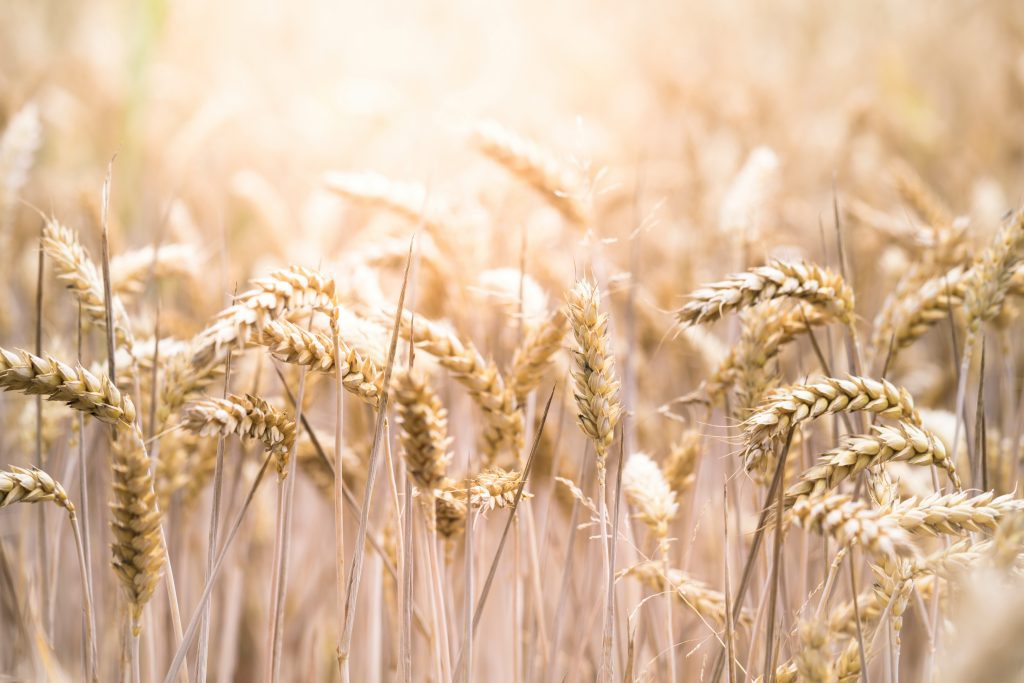
They mark the time between the summer solstice and the autumn equinox, when the harvest starts, hedgerow fruits can be gathered, the daylight hours begin to get shorter, and preparation starts for the cold winter months ahead.
Lammas
For Lammas the first of the grain was harvested and made into a loaf of bread the night before. Then on Lammas day itself it was brought into the church, placed on the altar, and blessed.
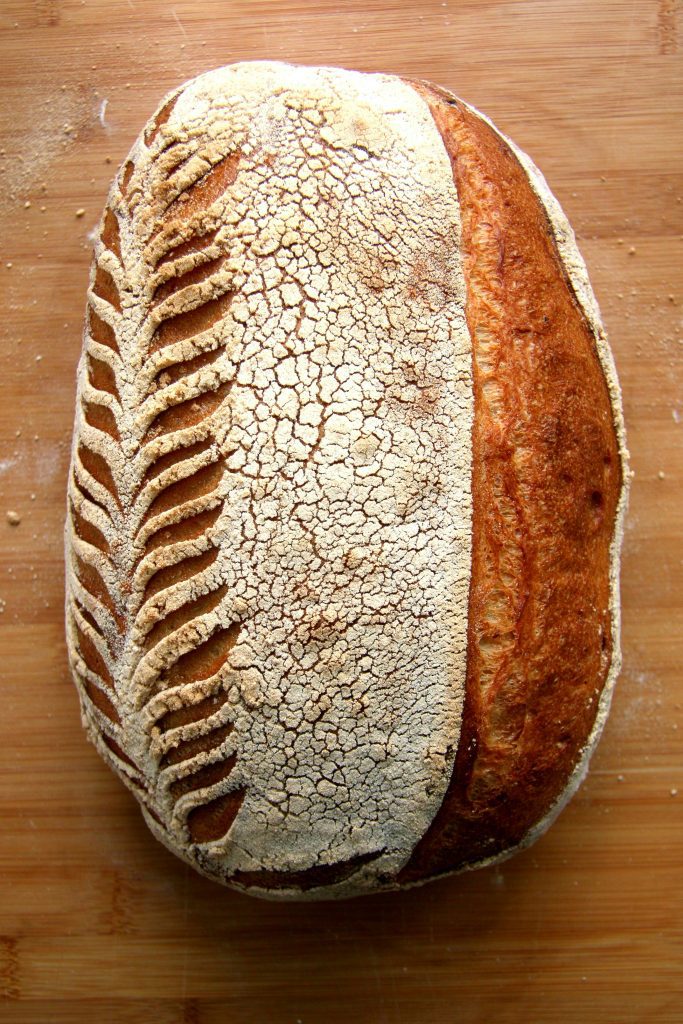
One tradition states that the Lammas loaf should then be broken into four pieces with each piece to be crumbled in one of the corners of the barn in which the harvest was to be kept to protect the grain.
Around Shetland, Lammas signalled the end of the deep fishing season and thanks were given for the fish, a feast would be shared, stories told, and toasts made.
In the Highlands it was a time to replace the Rowan crosses that they placed over their doors for protection.
In medieval England Lammas was a day for fairs, payment of rents, and for the election of local officials.
It was also a day to open the traditional common lands that had been enclosed.
In some places it was common for tenant farmers to give part of the Lammas loaf to their landlord and some landlords would hold a celebration, sometimes known as the Feast of the First Fruits.
Lammas was also the end of the Haymaking season which ran from Midsummer.
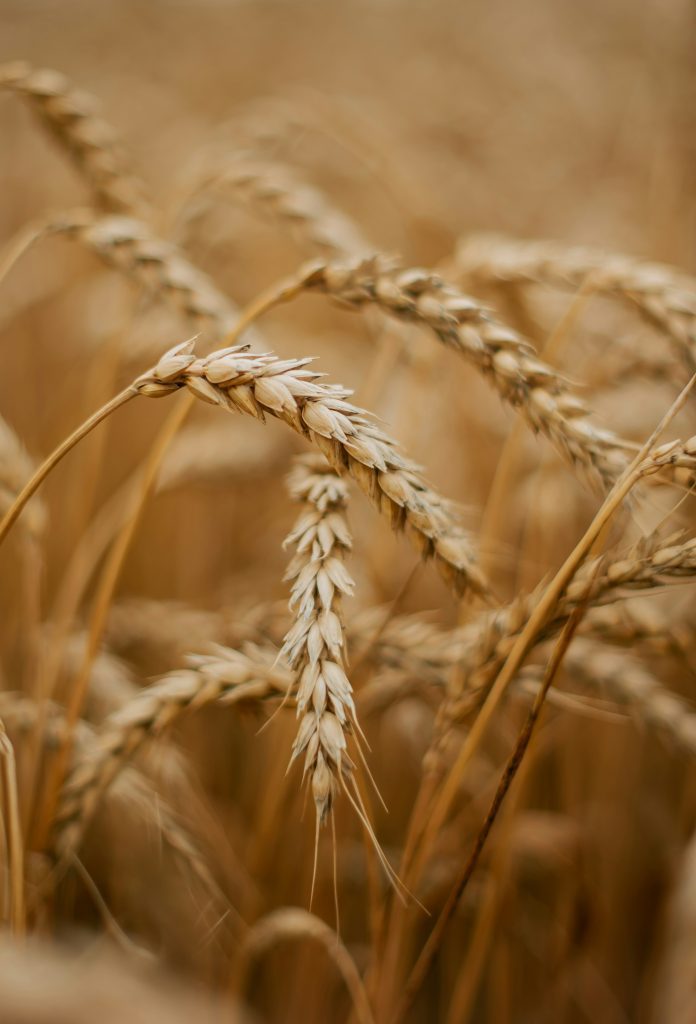
A little piece of Lammas folklore says that it was believed that the Devil wanted to spoil the coming harvest and the harvest celebrations and so he would send out Old Boggy. Old Boggy would knock on doors after sunset on Lammas Eve and if the door was opened he would drag the men to hell so they would be unable to help with the harvest and the crops would have to rot in the fields. Because of this nobody opened their doors after sunset on Lammas Eve.
Lammas was a time for thanking god for the earth’s blessings, for feasting, and for harvesting the first wheat.
Lughnasadh
Lughnasadh is connected to the Celtic god, Lugh. He is the god of Bards, craftsmen, artistic skills, blacksmithing, magic, the sun, poetry, war, and harvest, a god of kings and of heroes. Little wonder he has been called “Samildánach” which means “skilled in many arts”! He is considered to be the equivalent of the Roman god Mercury and the Greek god Hermes.
It is celebrated today as the first of the three harvest festivals, the others being Mabon and Samhain.
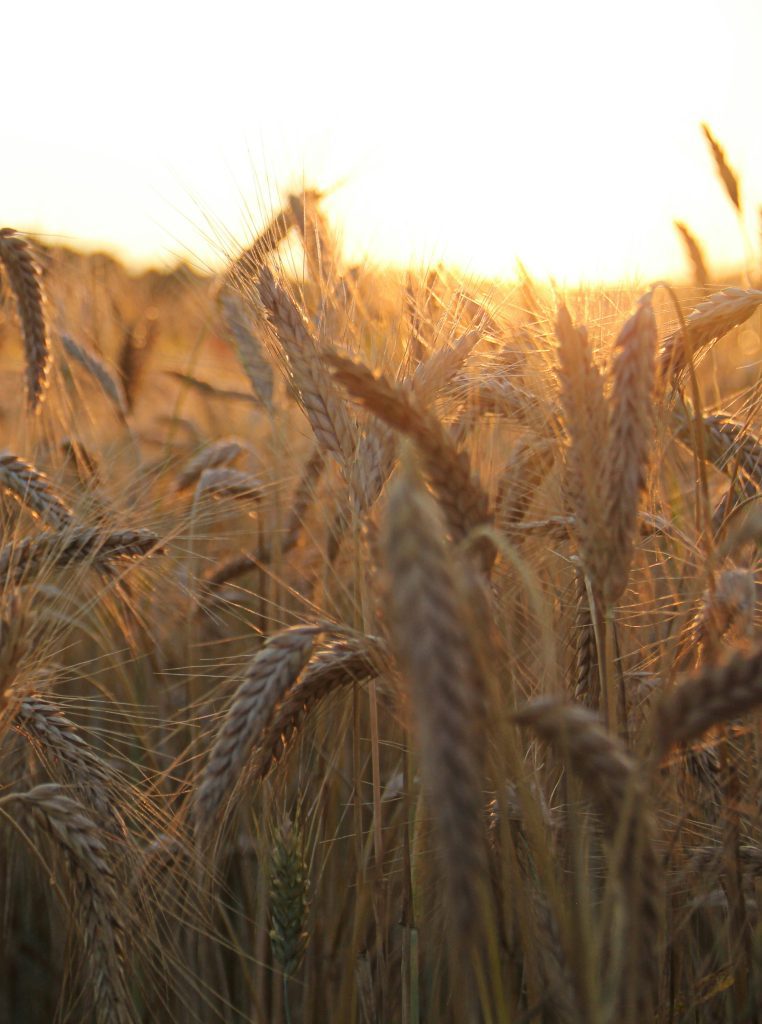
Irish myths say that Lugh created this festival to honour his step-mother (or mother, as is usual with myths, they vary a bit). She was an earth goddess named Tailtiu and after she had finished clearing the Irish land for farming and agriculture, she died of exhaustion. Because of this Lughnasadh is also a festival of sacrifice.
It is a fire festival, with bonfires lit as part of the festivities to symbolise the sun.
It was a festival for storytelling, feasting, games and displays of sporting prowess, and competitions and activities to show off people’s creative skills.
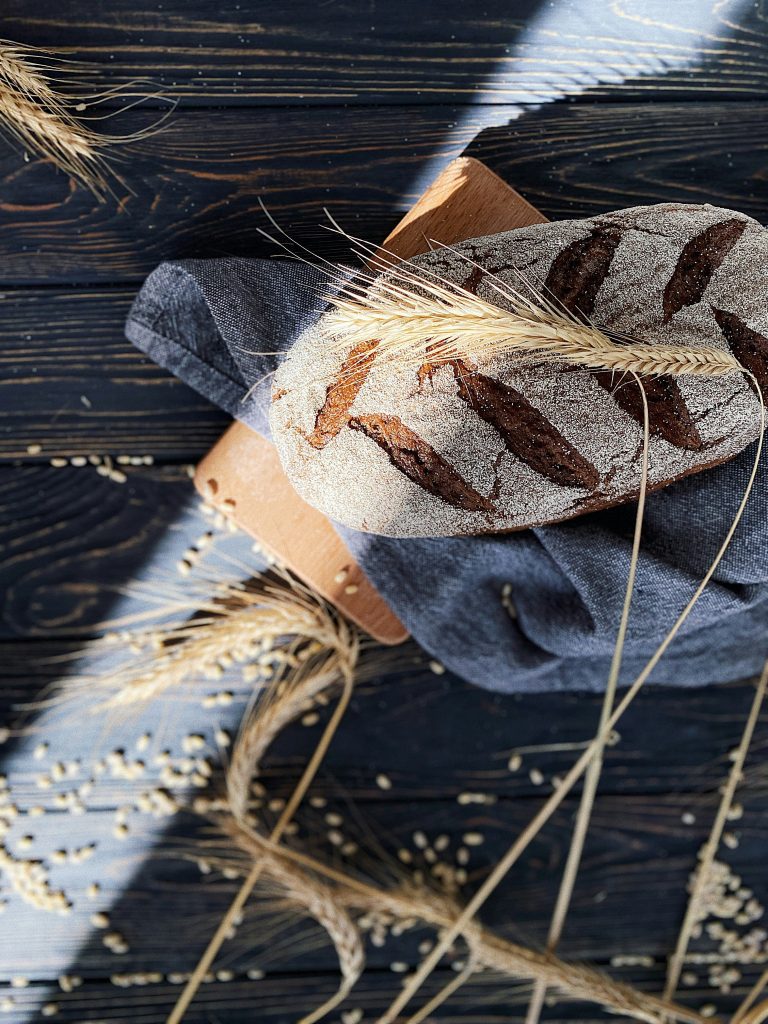
Often the festivities were held on hilltops and mountains
It is also associated with the god of the harvest, the Green Man, as John Barleycorn who allows himself to be sacrificed so that people may eat.
There is a song about this that originated in the 1300’s, John Barleycorn Must Die. There are many different versions out there now but I think this is a good one.
Lammas or Lughnasadh?
Well that is entirely up to you!
Over the years they do seem to have merged a bit. Both are to celebrate the first harvests. Both are marked with fire and feasting and bread. Both have themes of gratitude and giving thanks, whether that is to a god or to the land.
I tend to use Lughnasadh more, but I know many people use the two words interchangeably and even though they are slightly different, personally, I don’t mind, I know what you are referring to.
Celebrating Lughnasadh/Lammas
This is the time to take a moment to appreciate the gifts from the earth, of recognising and honouring the cycles of life and growth, of acknowledging that all living things are connected, that we are a part of nature and not separate from it.
It is a time to reflect on the abundance in your life and for gratitude for the wonderful things we have. That isn’t always easy but I think there are always things to be grateful for.
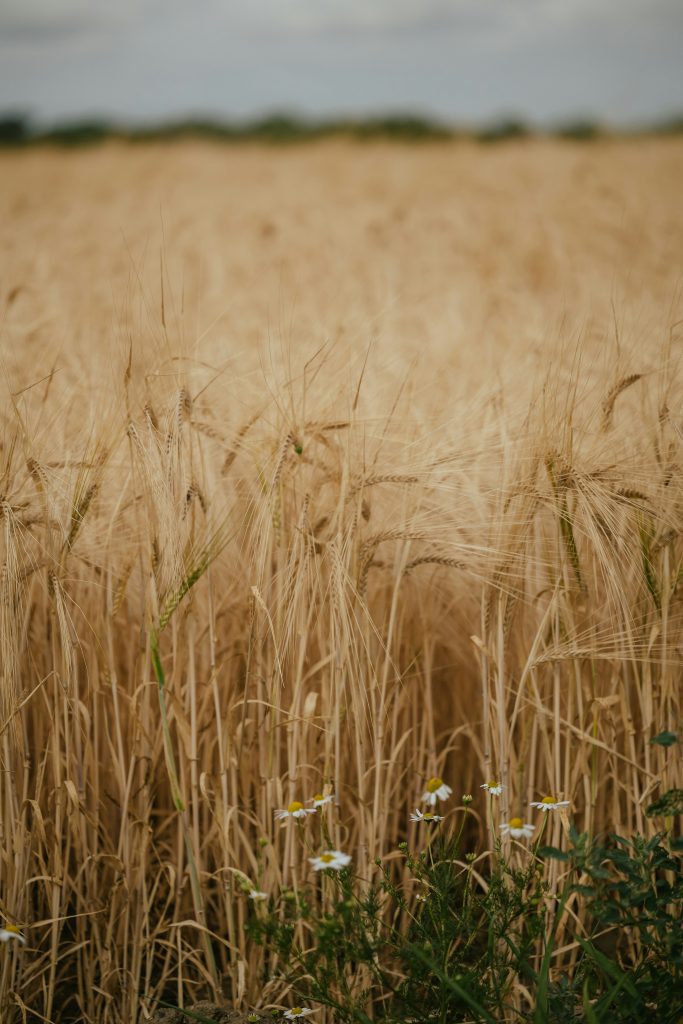
It is also a time to start preparing for what is ahead and for taking stock of how much we have grown and of how our projects are progressing.
Lammas or Lughnasadh Celebration Ideas
- Light a fire or a candle in appreciation of the sun and the part in plays in nature
- Take some time to quietly acknowledge the things that we are grateful for in our lives.
- Bake some bread
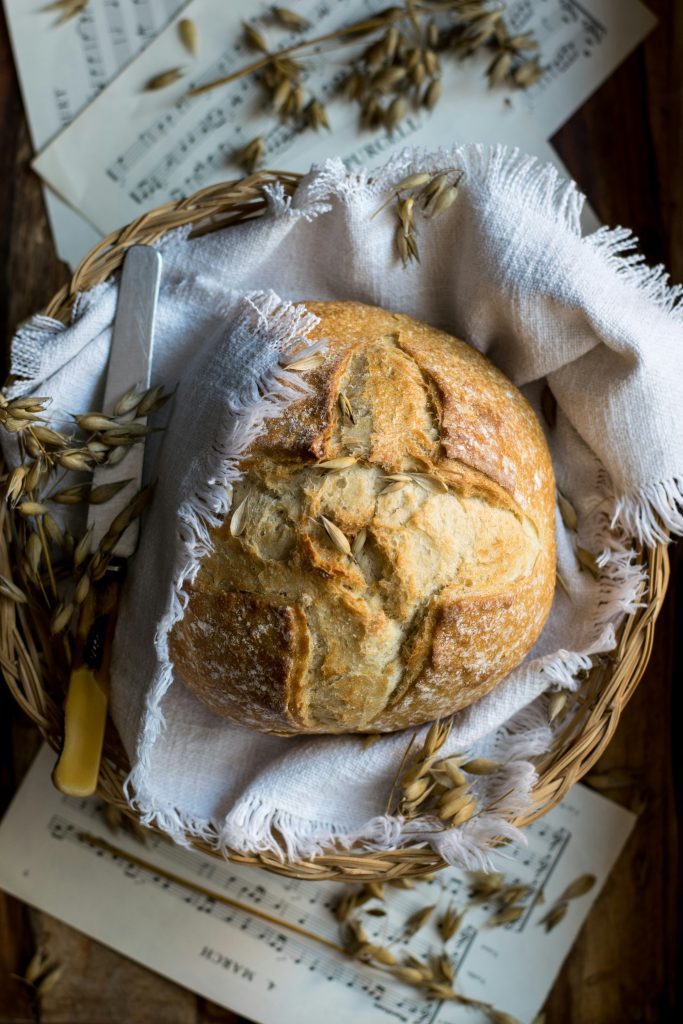
- Have a harvest feast, alone or with friends. Anything involving berries, apples, bread, potatoes and other vegetables, wine, mead, or beer, or if you are like me and don’t drink, fruit juice would be good.
- Make an offering to any gods you believe in, to the spirits of the land, or just to the land itself. A little fruit such as apples or berries or maybe some seeds to show gratitude for all that the land gives to us.
- If you you can get some wheat or corn, craft corn dollies. It was traditional to make these using the last sheaf of wheat for protection and fertility and are to be kept until the next planting season.
- Maybe find a way to share your abundance with others. It is a festival of sacrifice, so perhaps think of ways to give time or skills to loved ones or to the community? A way to give back and appreciate what you have.
- Harvest something. Whether it is herbs from your garden, or some blackberries from the brambles you usually walk past (please leave some for the wildlife).
- Being present in the moment when out in nature and appreciating what it provides for us.
- Being present in the moment when we are eating, making sure we are really tasting our food rather than being distracted by other things.
- Go for a walk and see what crops and berries you can see. Although please don’t touch anything if you aren’t sure what it is, it might not be safe for humans!
So there you have it, a little about both Lughnasadh and Lammas, their similarities and their differences.
I’ll be adding more to this post as and when I find any interesting little bits of information or when I think of something I’d like to add.
